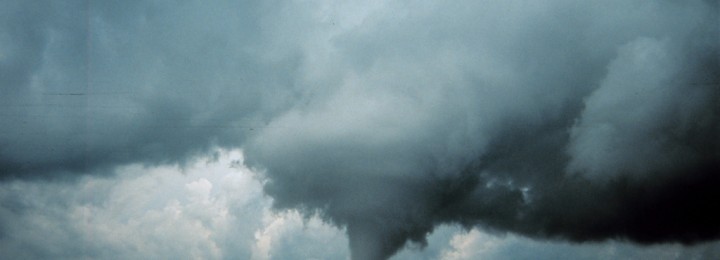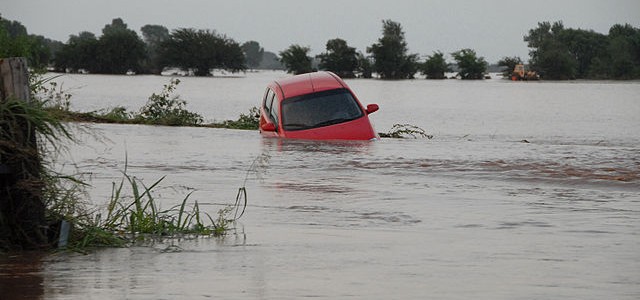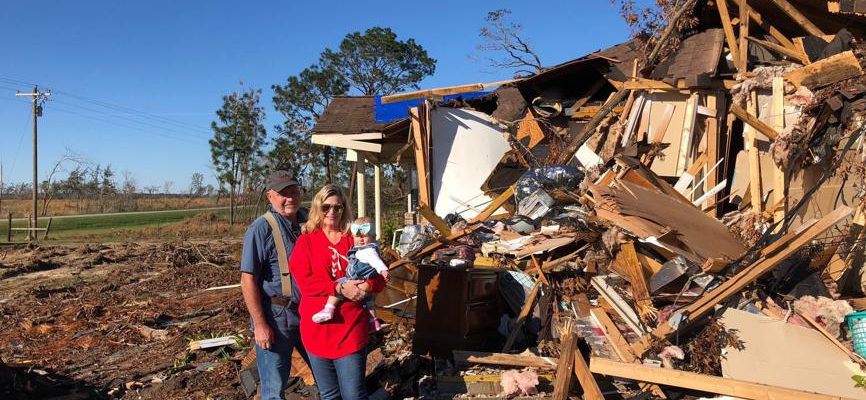Severe
-

We don’t often get really big hail in the Southeast, but sometimes it can reach a couple of inches in diameter. That can do a lot of damage to cars, buildings, and trees. But even small hail can cause problems for agriculture, since it can damage crops or damage crops like peppers, making them unsuitable…
-

Since I went to see Twisters today, I thought for some summer fun you might enjoy Time magazine’s list of the best disaster movies, since many of these movies have a weather or climate component. I don’t agree with all of their rankings but it is fun to see what the rankings are. My own…
-

Do you spend a lot of time outside this time of year? It could be working on a tractor, feeding cattle, golfing, or out on the water. If so, you should also be weather-aware and be prepared to find a safe place to get away from severe weather, high winds, lightning, and hail. Here are…
-

The forecast for the Southeast this week shows that a strong low pressure area will bring heavy rain (up to several inches) to a lot of the region starting on Monday night and going into Wednesday in the northeastern part of the region as the storm moves out. On Tuesday a cold front will bring…
-

If you’ve ever been close to a tornado, you might have heard it. Some people describe it as a freight train, others like a swarm of angry bees. But scientists are now looking at infrasonic sound waves at very low frequencies (1 to 10 Hertz) to see if those sounds can be used to predict…
-

If you have ever lived through a natural disaster caused by a hazard like a tornado, hurricane, or flood, you know the importance of help to recover from the disaster. The first help often comes from neighbors and friends, but later the government plays a big role in providing shelter, health care, and food, followed…
-

If you live along the Gulf Coast, this new free tool may help you identify the potential risks your home may be in danger of experiencing. When you put in your address, then it will use census tract data to determine the relative danger from different risks in the area and what kinds of insurance…